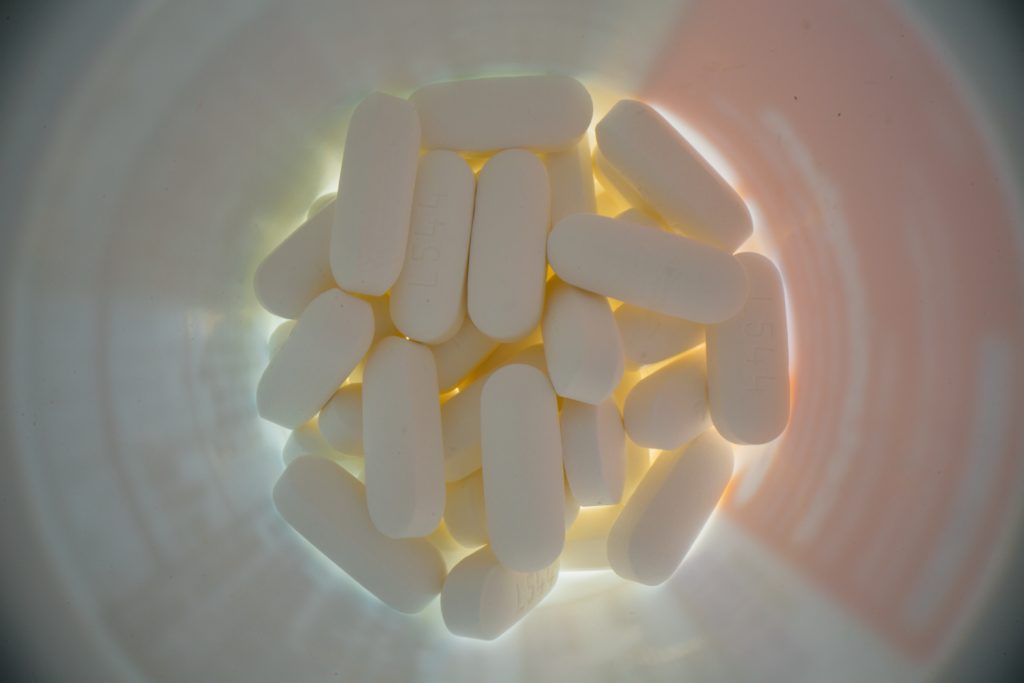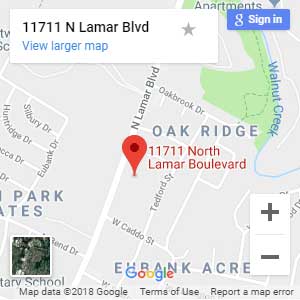Tramadol Addiction: Signs of Abuse, Withdrawal Symptoms, and Treatment
Table of contents
What is Tramadol?
Tramadol is a frequently prescribed synthetic opioid medication that is used in the treatment and management of moderate to moderately severe pain. Although it is considered to have a lower risk of addiction as compared to other opioid pain relievers, Tramadol is classified by the Food and Drug Administration (FDA) as a Schedule VI controlled substance with the potential to become habit-forming and to be misused recreationally.[1][2]
Tramadol is sold under such brand names as Ultram, Ultracet, and Conzip, and works to relieve pain in a similar manner to other opioid drugs by binding to and activating opioid receptors in the body and brain. In 2019, it was the 35th most commonly prescribed medication in the U. S., with over 19 million prescriptions.[3] Even though tramadol is considered to be less habit-forming than similar prescription opioids it still carries the risk of potential abuse and addiction.
Is Tramadol Addictive?
Tramadol is a controlled substance due its risk of addiction. Many people begin taking tramadol as prescribed by a doctor for pain relief but ultimately end up abusing it later. Even if you take tramadol exactly as prescribed, it can be addictive and may cause withdrawal symptoms when you stop taking it suddenly, especially if you’ve grown accustomed to taking a large dose of the medication over a long period of time.
Tramadol can also carry the risk of overdose when taken in large quantities. Signs of tramadol overdose may include the following:
- Clammy skin that is cold to the touch
- Excessive drowsiness
- Slow heart rate
- Slowed breathing
- Low blood pressure
- Constricted pupils
- Seizures
- Cardiac arrest
- Coma
Taking tramadol in conjunction with other opioids, alcohol, or sedatives is particularly dangerous because it can significantly increase your risk of overdosing.
What Are the Signs of Tramadol Addiction?
Two of the most common signs of tramadol addiction are developing a tolerance (needing more tramadol to achieve the desired effects) and exhibiting withdrawal symptoms when the medication is stopped. Depending on the length and severity of the person’s tramadol addiction, other symptoms may include:
- Inability to control tramadol use.
- Spending a great deal of time thinking about using tramadol or trying to obtain it, or increased time spent recovering after use.
- Being unable to stop using tramadol.
- Losing interest in normal hobbies and activities.
- Hiding tramadol use from friends and family.
- Having trouble at work, in relationships, or at school due to tramadol abuse.
- Making appointments with more than one doctor (also known as “doctor shopping”) to obtain tramadol prescriptions.
- Combining tramadol with other drugs or alcohol to enhance its effects.
- Continuing to take tramadol long after you need it for its intended medical purpose.
Related post: Heroin Addiction Recovery: What to Expect
Detoxing From Tramadol
While detoxing from tramadol on your own at home is possible, it can potentially be dangerous without medical assistance and will include withdrawal symptoms that can also be extremely uncomfortable. A medical detox program can provide professional treatment and therapy to help you cope with common tramadol withdrawal symptoms, including:
- Muscle and body aches
- Restlessness or agitation
- Excessive sweating
- Depression and anxiety
- Hypertension
- Rapid breathing
- Racing heart
- Insomnia or other sleep disturbances
- Chills
- Diarrhea
- Loss of appetite
- Stomach pain
- Strong cravings for the drug[4]
Tramadol withdrawal symptoms generally appear between 6 and 12 hours after your last dose. The most severe tramadol withdrawal symptoms will likely peak a few days after your last dose and will gradually taper off. Some psychological effects of tramadol withdrawal, such as depression, insomnia, or anxiety may last for a longer period.
In the case of a severe addiction to tramadol, withdrawal symptoms are likely to be more severe and longer lasting than they will be for someone with a mild dependence. It’s always wise to have medical professionals nearby during the tramadol detox process to ensure a patient’s comfort and safety in the case of a medical emergency.
Tramadol Addiction Treatment and Recovery
After a successful tramadol detox, medical staff may recommend that you continue with tramadol addiction treatment at a rehab center, as detox is usually considered to be only the first step in the treatment process. Tramadol addiction treatment in a rehab setting consists of counseling, therapy, and medication, but treatment plans will vary depending on your individual treatment needs.
As with other chronic conditions, tramadol addiction must be managed in order to prevent relapse. As a result, completing a rehab program after detox is ideal for those who wish to sustain long-term and lasting sobriety.
Related post: How Long Oxycodone Stays In Your System
Getting Help for Your Tramadol Addiction
If you or a loved one needs help overcoming your tramadol addiction, Briarwood Detox Center can provide safe and effective opioid detox treatment and recovery plans to help you achieve long-lasting sobriety. Call us today at (832) 730-7136 or contact us online.
References:
Break Free From Your Addiction Today
(in 3 easy, confidential steps)
Verify your insurance
Complete our fast, free, and easy verification process over the phone to determine the extent of your insurance coverage.
Make an informed decision
We will provide personalized placement recommendations based on your insurance, treatment needs, financial situation, and schedule.
Contact us
Call (888) 857-0557 or fill out our online form for a free and confidential personal consultation with an admissions specialist.











